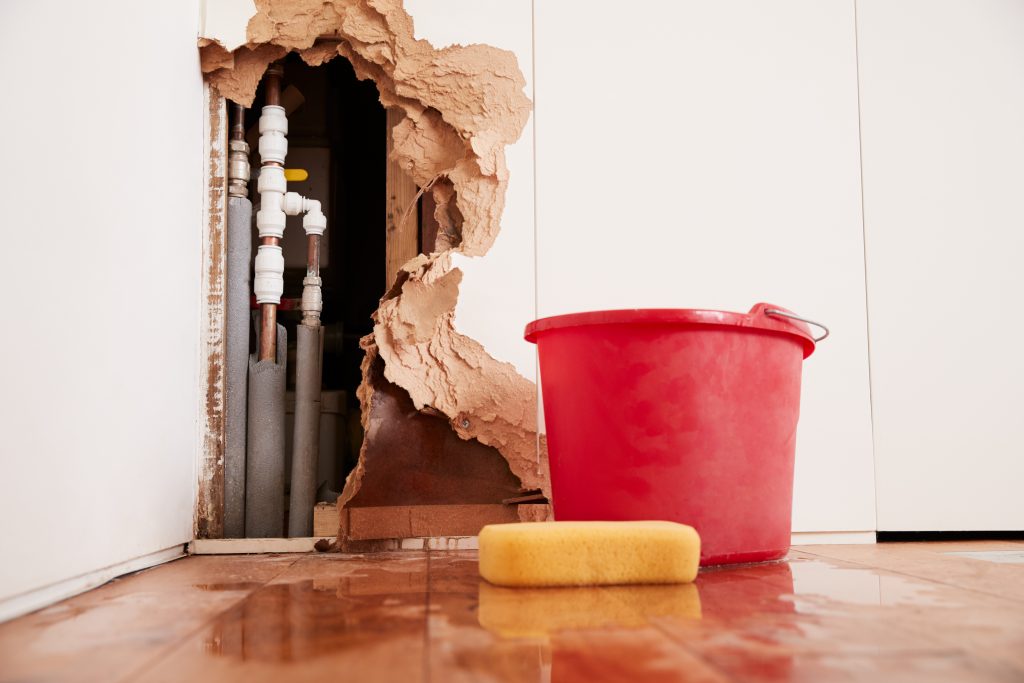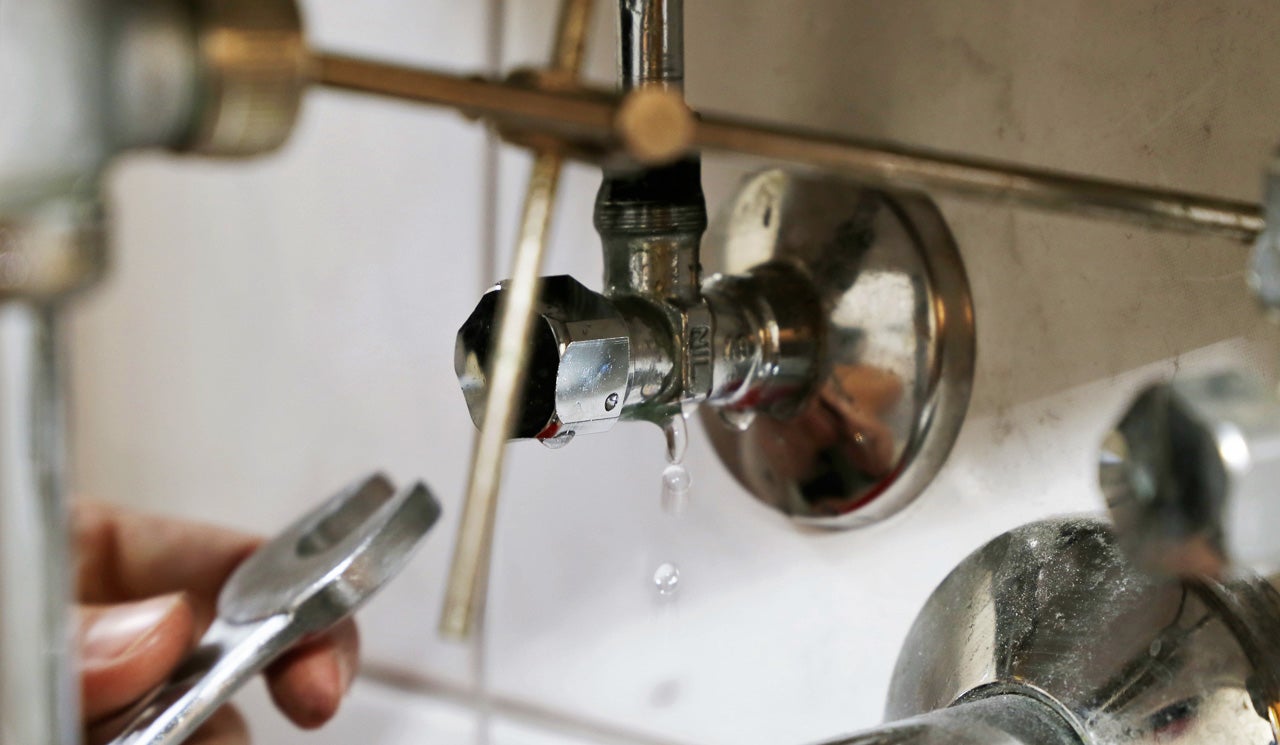Nearly everybody may have their own idea on the subject of Leaking water lines.

Early discovery of dripping water lines can alleviate a prospective calamity. Some little water leaks might not be noticeable.
1. Check Out the Water Meter
Every house has a water meter. Inspecting it is a proven way that helps you find leaks. For starters, shut off all the water sources. Make sure nobody will certainly flush, make use of the faucet, shower, run the washing equipment or dishwashing machine. From there, go to the meter as well as watch if it will certainly alter. Because no person is utilizing it, there ought to be no activities. That indicates a fast-moving leak if it moves. If you identify no modifications, wait a hr or 2 and examine back once more. This suggests you might have a slow-moving leak that might even be underground.
2. Check Water Intake
If you detect abrupt adjustments, despite your consumption being the same, it means that you have leakages in your plumbing system. An abrupt spike in your bill indicates a fast-moving leakage.
On the other hand, a steady increase monthly, despite the same practices, shows you have a sluggish leakage that's likewise slowly rising. Call a plumber to thoroughly check your residential property, especially if you feel a warm area on your flooring with piping underneath.
3. Do a Food Coloring Test
When it pertains to water usage, 30% comes from commodes. Test to see if they are running correctly. Decrease specks of food color in the container and also wait 10 mins. If the color somehow infiltrates your bowl throughout that time without flushing, there's a leakage in between the storage tank and also dish.
4. Asses Outside Lines
Do not fail to remember to inspect your outdoor water lines as well. Must water leak out of the connection, you have a loose rubber gasket. One little leak can lose loads of water as well as increase your water bill.
5. Examine and also Evaluate the Scenario
Homeowners must make it a habit to inspect under the sink counters and also even inside cabinets for any type of bad odor or mold and mildew development. These 2 red flags suggest a leakage so punctual attention is required. Doing routine evaluations, even bi-annually, can conserve you from a major issue.
Extra importantly, if you know your home is already old, keep a watchful eye on your heaters, pipes, pipes and so on. Check for stainings and also weakening as many appliances and also pipelines have a life expectancy. They will certainly additionally normally degrade as a result of deterioration. If you think leaking water lines in your plumbing system, do not wait on it to intensify. Call an expert plumber today so you do not end up with an awful mess in your home.
Early discovery of leaking water lines can mitigate a possible catastrophe. Some tiny water leakages may not be noticeable. Checking it is a proven way that aids you discover leakages. One tiny leakage can waste lots of water and surge your water costs.
If you presume leaking water lines in your plumbing system, don't wait for it to rise.
WARNING SIGNS OF WATER LEAKAGE BEHIND THE WALL
PERSISTENT MUSTY ODORS
As water slowly drips from a leaky pipe inside the wall, flooring and sheetrock stay damp and develop an odor similar to wet cardboard. It generates a musty smell that can help you find hidden leaks.
MOLD IN UNUSUAL AREAS
Mold usually grows in wet areas like kitchens, baths and laundry rooms. If you spot the stuff on walls or baseboards in other rooms of the house, it’s a good indicator of undetected water leaks.
STAINS THAT GROW
When mold thrives around a leaky pipe, it sometimes takes hold on the inside surface of the affected wall. A growing stain on otherwise clean sheetrock is often your sign of a hidden plumbing problem.
PEELING OR BUBBLING WALLPAPER / PAINT
This clue is easy to miss in rooms that don’t get much use. When you see wallpaper separating along seams or paint bubbling or flaking off the wall, blame sheetrock that stays wet because of an undetected leak.
BUCKLED CEILINGS AND STAINED FLOORS
If ceilings or floors in bathrooms, kitchens or laundry areas develop structural problems, don’t rule out constant damp inside the walls. Wet sheetrock can affect adjacent framing, flooring and ceilings.
https://www.servicemasterbyzaba.com/blog/how-to-detect-water-leakage-in-walls/

Do you really like reading about Leaking water lines? Place a remark down the page. We would be glad to find out your opinion about this page. We hope that you visit us again in the near future. Loved our posting? Please share it. Let others find it. Thanks so much for taking the time to read it.